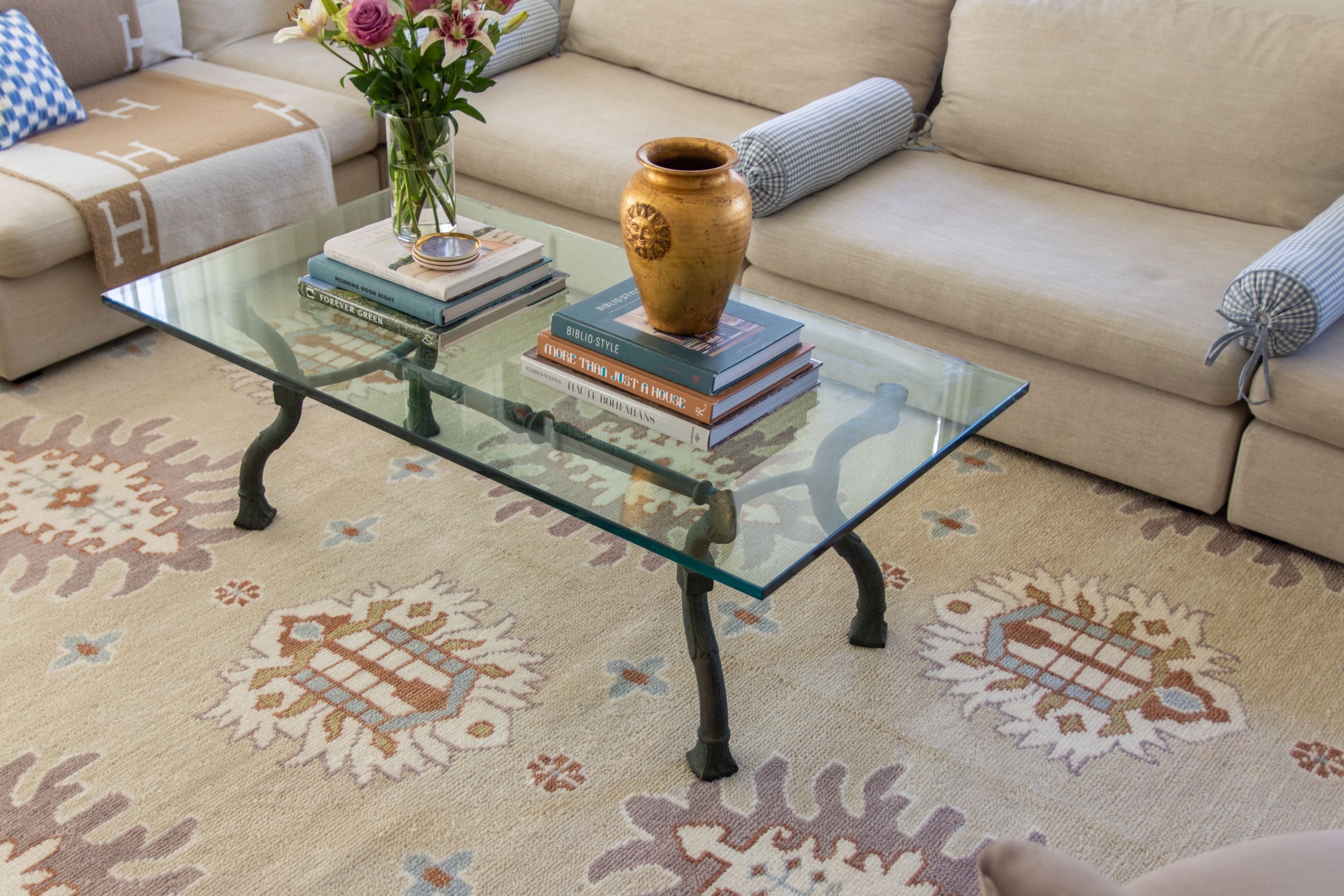How Can You Support a Loved One During Hoarding Cleanup?
 Supporting a loved one through hoarding cleanup is a delicate process that requires not just patience but also a deep sense of empathy. According to the American Psychiatric Association, hoarding disorder affects an estimated 2.5% of the population. Research from the International OCD Foundation notes that over 75% of people with hoarding disorder also have a co-occurring mental health condition, such as anxiety or depression. These statistics underscore the fact that hoarding is not simply a matter of untidiness—it’s a complex condition with deep emotional roots. Jumping in to 'fix' the situation can cause more harm than good if done without sensitivity. Instead, the goal should be to offer steady, respectful support while encouraging sustainable change.
Supporting a loved one through hoarding cleanup is a delicate process that requires not just patience but also a deep sense of empathy. According to the American Psychiatric Association, hoarding disorder affects an estimated 2.5% of the population. Research from the International OCD Foundation notes that over 75% of people with hoarding disorder also have a co-occurring mental health condition, such as anxiety or depression. These statistics underscore the fact that hoarding is not simply a matter of untidiness—it’s a complex condition with deep emotional roots. Jumping in to 'fix' the situation can cause more harm than good if done without sensitivity. Instead, the goal should be to offer steady, respectful support while encouraging sustainable change.
In this article, we’ll explore practical ways you can help a loved one during hoarding cleanup, from understanding the emotional context to implementing safety-focused approaches. We’ll also share communication strategies, tips for harm reduction, and resources that can guide both you and your loved one toward progress.
Understand the Emotional Roots of Hoarding
Before offering to help, it’s crucial to understand that hoarding is not just about being disorganized. It's a mental health condition recognized by the American Psychiatric Association, often linked to obsessive-compulsive disorder (OCD), anxiety disorders, depression, ADHD, or significant life stressors like bereavement.
People who hoard often form strong emotional attachments to possessions, regardless of their practical value. These items can represent memories, identity, or a sense of security. The fear of losing them can trigger extreme distress. Recognizing this emotional complexity helps you approach cleanup efforts without judgment.
For a deeper understanding of the emotional challenges in hoarding cleanup, it’s essential to educate yourself on why discarding items can feel so overwhelming for the person you’re trying to help.
Focus on Safety First
While it might be tempting to dive straight into decluttering, pushing for large-scale cleanouts can cause emotional harm and damage trust. Instead, prioritize harm reduction by addressing the most immediate safety concerns:
-
Clear walkways to reduce tripping hazards.
-
Remove fire risks, such as flammable piles near heat sources.
-
Improve sanitation by addressing issues such as spoiled food or mold.
-
Ensure access to essential areas, such as exits, the kitchen, and the bathroom.
This harm-reduction approach ensures the environment is safer without forcing major, distressing decisions early on.
Communicate with Empathy and Respect
Language matters. Avoid terms like "junk" or "garbage" when describing your loved one’s belongings. Instead, use neutral or respectful terms such as "items," "collections," or "things." This reduces the risk of them feeling judged or attacked.
Some practical communication tips include:
-
Ask, don’t impose: “Would you like help sorting through this box?” rather than “We need to get rid of all this.”
-
Listen actively: Show genuine interest in their perspective.
-
Highlight shared goals: Frame cleanup in terms of safety, comfort, and quality of life.
-
Avoid ultimatums: These can increase resistance and mistrust.
Using motivational interviewing techniques can also help the person recognize the gap between their current living situation and the life they want, without you having to pressure them.
Set Realistic Goals
Progress in hoarding cleanup is rarely linear. Expect setbacks and be prepared to move at a slower pace than you might prefer. Focus on achievable milestones, such as clearing one small area or sorting one box at a time.
A few ways to structure cleanup goals:
-
Begin with low-sentiment items (e.g., old mail) before moving on to highly sentimental possessions.
-
Break the space into zones and tackle them one by one.
-
Use time limits (e.g., 15-30 minute sessions) to prevent overwhelm.
Remember: Small, consistent efforts build momentum over time.
Avoid Forced Cleanouts
While it might seem like a quick fix, cleaning out a hoarder’s home without their consent can be deeply traumatic. It often results in:
-
Immediate emotional distress.
-
Damaged trust between you and your loved one.
-
Re-accumulation of clutter in a short period.
Remember, sustainable progress comes from working with your loved one, not against them. Avoiding forced cleanouts is crucial as it can be deeply traumatic, damage trust, and result in re-accumulation of clutter in a short period.
Offer Practical and Emotional Support
Practical support might involve helping with sorting, arranging donations, or finding storage solutions. Emotional support can be just as important, helping your loved one cope with the stress and anxiety of parting with items.
Ways to offer support include:
-
Being physically present during cleanup sessions.
-
Offering reassurance and patience.
-
Suggesting breaks for enjoyable activities.
-
Encouraging professional help from therapists or support groups is beneficial.
Encourage Professional Help
Hoarding disorder often requires intervention from trained professionals, particularly those skilled in cognitive behavioral therapy (CBT). CBT can help individuals develop decision-making skills, reduce distress around discarding items, and maintain progress over time.
You can support your loved one by:
-
Helping them research local therapists or hoarding specialists.
-
Offering to attend an initial appointment for moral support.
Respect Boundaries
Your loved one may not be ready to tackle specific areas or items, and that’s okay. Pushing too hard can create setbacks. Respect their comfort levels while gently encouraging forward movement.
If visiting their home causes them distress, suggest meeting elsewhere for planning sessions or emotional check-ins. Flexibility can help preserve your relationship and build trust over time.
Be Mindful with Gift-Giving
Adding new items to the home can make progress harder. When giving gifts, consider non-material options like:
-
Experience-based gifts (e.g., outings, classes, or meals together).
-
Consumables (e.g., food, flowers, or spa vouchers).
-
Digital items (e.g., subscriptions or e-books).
If they choose to part with a gift, try not to take it personally. It may be a sign of growth.
Take Care of Yourself, Too
Supporting someone with a hoarding disorder can be emotionally draining. Protect your well-being by:
-
Setting boundaries around your time and energy.
-
Seeking your support network, whether friends, family, or a therapist.
-
Engaging in self-care activities that recharge you.
Remember, you can’t help someone effectively if you’re running on empty.
Celebrate Small Wins
Every step forward counts, no matter how small. Acknowledge progress openly, whether it’s clearing a single shelf or making an appointment with a professional. Positive reinforcement can help your loved one feel encouraged and more willing to continue.
Final Thoughts
Helping a loved one through hoarding cleanup is not a sprint—it’s a marathon. It requires understanding, patience, and a focus on safety and trust over immediate results. By combining empathetic communication, realistic goal setting, and professional support, you can help create an environment where your loved one feels safe to make changes.
Your role is not to force transformation, but to be a steady ally in their journey toward a healthier, safer living space.
Browse by Category

Design Projects
Explore interiors from client work and personal renovations — layered, livable, and always in progress.
read more →
Collaborations
From product launches to styled spaces, discover the brand stories I’ve helped bring to life.
read more →
The Notebook
A growing archive of iconic designers, inspiring artists, and unforgettable design moments.
read more →
Travel by Design
Wander with a designer’s eye — from charming hotels and city guides to visual inspiration abroad.
read more →




